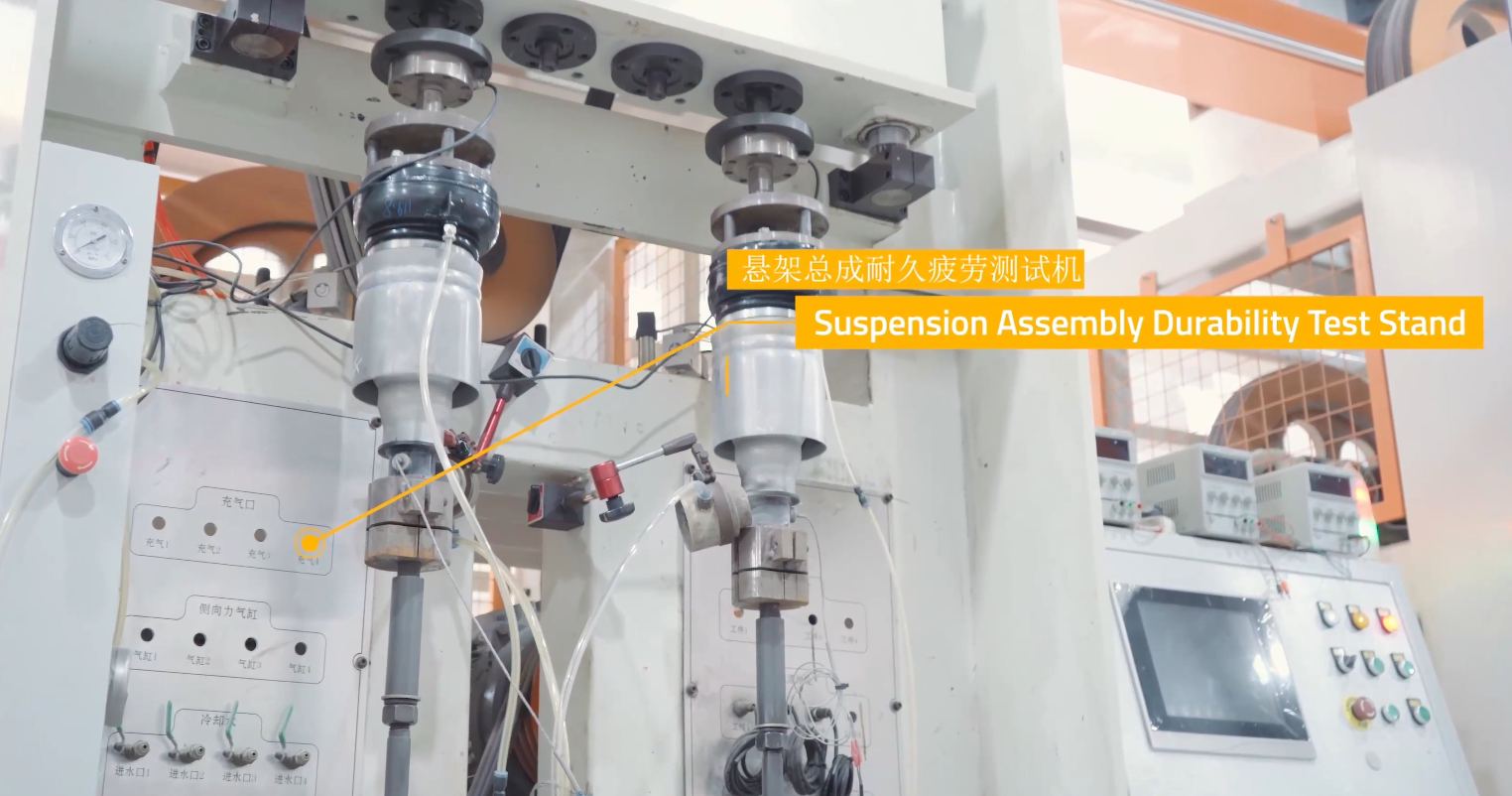Trong ngành công nghiệp ô tô, sự an toàn, hiệu quả và chức năng của các bộ phận xe đòi hỏi phải kiểm tra chất lượng kỹ lưỡng, đặc biệt là trong quá trình sản xuất hàng loạt. Blog này phác thảo các cốt lõi của quy trình kiểm soát chất lượng (QC) trong sản xuất phụ tùng ô tô, tập trung vào các quy trình và thực tiễn công nghiệp phụ tùng ô tô chính, các đổi mới trong ngành và kiểm soát chất lượng trong sản xuất.
Định nghĩa kiểm soát chất lượng sản xuất phụ tùng ô tô
Kiểm soát chất lượng trong sản xuất phụ tùng ô tô là một tập hợp các hoạt động cụ thể được xác định trong tổ chức có mục tiêu cuối cùng nằm trong các tiêu chuẩn được xác định. Điều này đặc biệt quan trọng trong lĩnh vực ô tô. Những lỗi nhỏ trong quá trình sản xuất có thể làm tăng nguy cơ an toàn rất lớn. Những vấn đề như thế này đòi hỏi sự chính xác. Nhiều công ty khác cũng phụ thuộc vào SPC, kiểm tra, thử nghiệm và cải tiến liên tục. Các doanh nghiệp thích nghi các chiến lược này có thể kiểm soát rủi ro và tăng độ tin cậy trong các quy trình được phác thảo.
Phương pháp duy trì các tiêu chuẩn chất lượng trong sản xuất các bộ phận ô tô
Trong sản xuất phụ tùng ô tô, một số quy trình đã được đưa ra để tập trung vào độ chính xác cho mỗi bộ phận được sản xuất. Một trong những phương pháp sản xuất phụ tùng ô tô phổ biến nhất là TQC, điều này là do sự linh hoạt của TQC Mỹ trong việc thêm và cải thiện quy trình để tăng sự hài lòng của người tiêu dùng. Một cách tiếp cận kiểm soát chất lượng quan trọng khác là Six Sigma. Cách tiếp cận này hữu ích nhất trong ô tô vì nó giải quyết hầu hết các sự không hiệu quả trong một công ty, đồng thời giảm đáng kể giá cho người tiêu dùng. Thực hiện các phương pháp này không chỉ tăng độ chính xác của đơn vị mà còn cải thiện hiệu quả hoạt động được quảng cáo. Các công ty sản xuất phụ tùng ô tô chủ yếu tiết kiệm rất nhiều chi phí về lâu dài tối ưu hóa các quy trình này.
Ảnh hưởng của công nghệ hiện đại đến kiểm soát chất lượng
Các quy trình sản xuất xe hơi mới phần lớn là thủ công. Với sự gia tăng của các công cụ tự động hóa và AI, các công cụ này đã làm cho việc thực hiện kiểm tra trở nên đơn giản hơn. Máy móc có thể xác định chính xác hầu hết các lỗi trong thời gian ngắn hơn nhiều so với công việc của con người.
Ngoài ra, việc sử dụng AI giúp dự đoán những thay đổi trong hành vi của người tiêu dùng lâu trước khi chúng xảy ra, cải thiện độ chính xác và tiết kiệm thời gian. Nhờ những công nghệ này, chi phí sản xuất đã giảm trong khi chất lượng của các bộ phận ô tô đã được cải thiện đáng kể.
Tuân thủ quy định và tiêu chuẩn chất lượng
Đối với các nhà sản xuất phụ tùng ô tô, việc tuân thủ các khung pháp lý và tiêu chuẩn chất lượng được thiết lập bởi các tổ chức cụ thể là rất quan trọng. Các cơ quan tiêu chuẩn hóa truyền thống như Tổ chức Tiêu chuẩn hóa Quốc tế (ISO) đã thiết lập các tiêu chuẩn chi phối các hệ thống quản lý chất lượng. Việc tuân thủ các tiêu chuẩn như vậy không chỉ đảm bảo chất lượng sản phẩm mà còn tăng cường danh tiếng của một công ty trên thị trường. Các nhà sản xuất phải cảnh giác với những thay đổi về quy định và điều chỉnh hệ thống kiểm soát chất lượng của họ để tránh làm tổn hại đến danh tiếng và lòng trung thành thương hiệu của họ.
Xu hướng trong tương lai trong kiểm soát chất lượng cho phụ tùng ô tô
Kiểm soát chất lượng sẽ thay đổi đáng kể trong tương lai không xa với sản xuất phụ tùng ô tô. Thị trường tăng trưởng cho xe điện (EV) và xe tự lái sẽ thay đổi trọng tâm, yêu cầu các nhà sản xuất kết hợp các vật liệu và bộ phận mới vào hệ thống kiểm soát chất lượng của họ. Do sự cạnh tranh thị trường ngày càng tăng, các nhà sản xuất sẽ cần phải tập trung vào sản xuất bền vững. Các công ty có công nghệ tiên tiến nhất sẽ là những người đầu tiên tiếp thị các sản phẩm tiêu dùng mới và thống trị thị trường ô tô.
Tóm lại, bảo vệ các tiêu chuẩn trong sản xuất hàng loạt các bộ phận ô tô là một quá trình đa khía cạnh, đòi hỏi nỗ lực liên tục, sáng tạo và cam kết hoàn hảo. Đáp ứng các tiêu chuẩn hiện đại trong ngành công nghiệp ô tô để các thành phần chất lượng được sản xuất đòi hỏi các nhà sản xuất ô tô phải đạt được các thực tiễn công nghiệp thích hợp và các nguồn lực công nghệ, cũng như tuân thủ các quy định của ngành. Để tiếp tục tăng triển vọng thị trường cho các nhà sản xuất ô tô, điều quan trọng là phải đồng bộ với các xu hướng hiện hành trong ngành.

